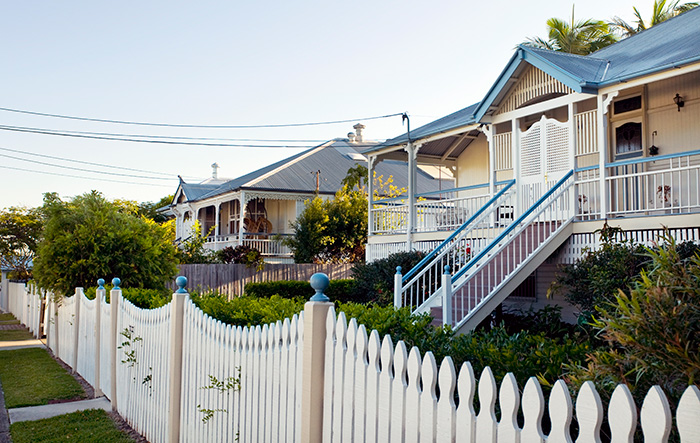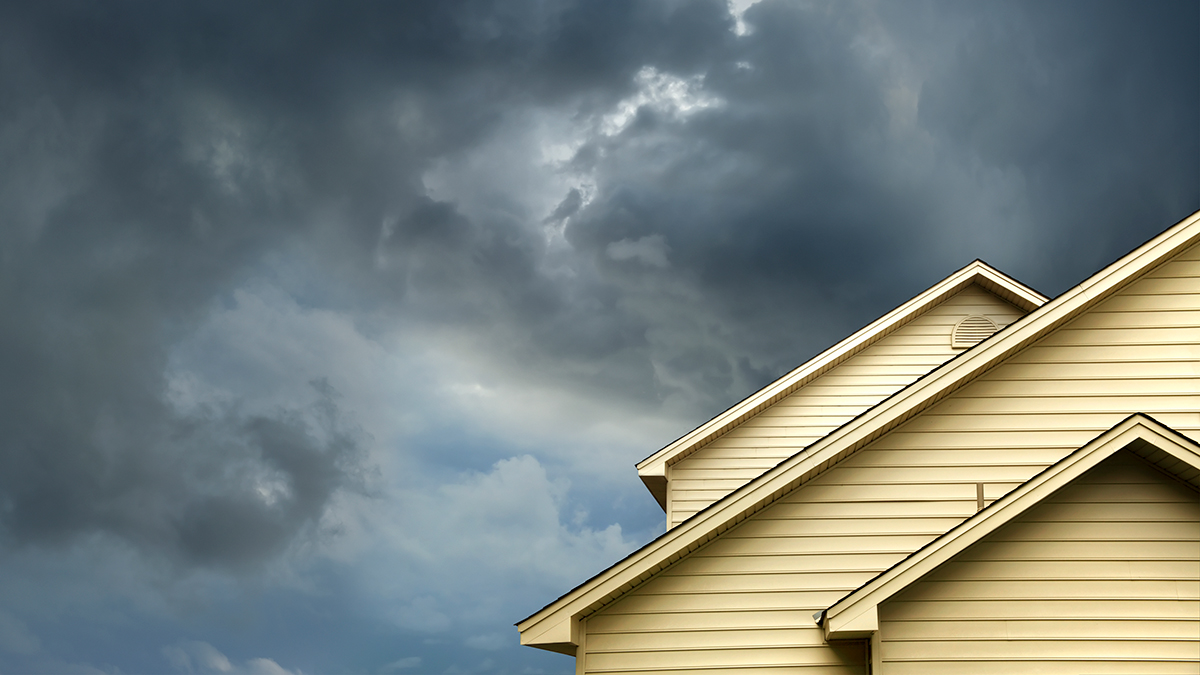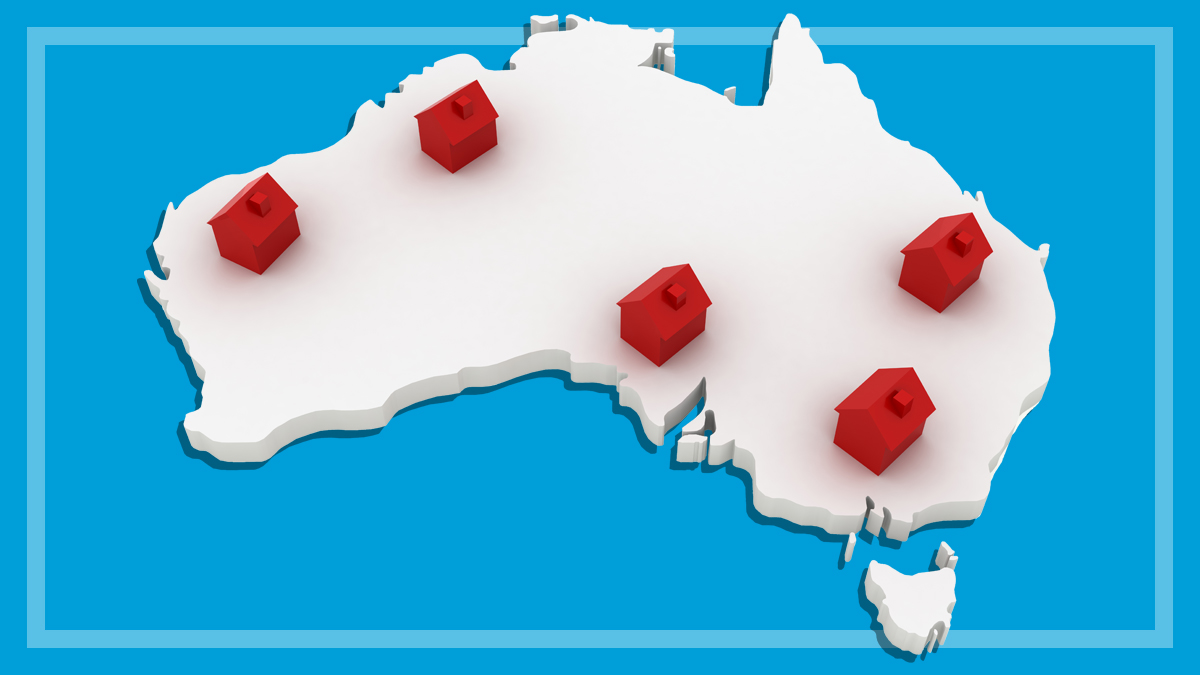Get our independent lab tests, expert reviews and honest advice.
9 in 10 Australians facing higher home insurance costs

Need to know
- Premium increases were higher than expected for two out of three policyholders
- Two out of five said they weren’t provided an explanation for the increase
- Many long-term customers could be paying more than new ones – the loyalty tax
New CHOICE research reveals that many home insurance customers hit with higher premiums are not being told about why their costs have gone up. And when they are given a reason, some don’t buy the explanations.
In a recent national survey of home and contents insurance policyholders, nearly nine out of 10 (87%) said their premiums had gone up with their most recent renewal notice.
For two out of three policyholders (67%), the increase was higher than expected. For nearly a third (28%), the increase was “a lot”.
My policy increased by 36% when baseline inflation was seven percent
One respondent reported that their premiums had jumped 60%.
Another said: “I would agree to this if the increase was in line with inflation. My policy increased by 36% when baseline inflation was seven percent.”
“I agree with small increases, but the new premium was well beyond a small increase and they would not alter the price in any way unless I increased excess fees,” another insurance customer told us.
No reason given for the increase
According to the industry code, insurers are supposed to explain to their customers why their costs have increased, but our survey results show that this often doesn’t happen.
One in three policyholders were told that rising costs, inflation and ‘market forces’ were behind the rise in their premiums.
It was an acceptable explanation for 65% of respondents, but more than a third (35%) didn’t buy it.
Two out of five of our survey respondents (39%) said they weren’t given any explanation for their premium increase.
As for other plausible reasons for a premium hike, four out of five said they weren’t aware of any increased risks to their homes from crime or natural disasters.
A number of policyholders told us they thought it was unfair that insurance companies charged them more to cover the risks to other homes in disaster-prone areas.
Home insurance customers
– Premiums went up – 87%
– Stayed with the same insurer – 88%
– Premium increase higher than expected – 67%
– Premiums increased ‘a lot’ – 28%
– Not given an explanation for the increase – 39%
– Weren’t aware of any increased risks – 4 out of 5
– Didn’t believe insurer’s explanations for increases – 35%
– How much more existing customers are paying than new ones – 34%*
*2019 estimate by NSW emergency services levy insurance monitor Allan Fels
Being up-front with customers
In 2017, the UK Financial Conduct Authority announced new rules that mandated full disclosure of how much more policyholders are paying with each renewal notice.
Since then, insurers in the UK have been required to show the previous year’s premium on renewal notices so policyholders can easily see the difference.
Australia followed suit in July 2021, updating the general insurance code of practice to include a requirement to show a comparison between the previous year’s premium and the current premium and to include an explanation of how the premium is calculated. But the key difference in Australia is that the industry code is voluntary.
Given that many major insurers operating in Australia are ICA members, our survey results suggest that some may not be following the code to the letter.
An ICA spokesperson tells CHOICE that the disclosure requirement in the code is in effect and that “while customers may sometimes disagree with the explanation provided by their insurer, insurers are continuing to meet their obligations under this section of the code”.
According to the ICA, 2021–22 data from the independent Code Governance Committee, which monitors and enforces the Code, “reported a very small number of breaches related to this code obligation”.
Weather events a factor
“There are many factors that go into pricing premiums, not the least being risk from extreme weather. Declared insurance catastrophes cost more than $7 billion in 2022,” the spokesperson says, adding that the 12% increase in building costs in 2022 is another factor.
“A home built 10 years ago for $300,000 may cost double to rebuild today and the premium will reflect the current cost of labour and materials.”
In the end, though, the variables that go into determining a premium are known only to the insurer.
“Each insurer has their own underwriting [insuring] criteria and will use these criteria to determine the risks underlying individual policies and policy categories,” the spokesperson says.

Loyalty tax is costing us plenty
Despite the premium increases and lack of satisfactory explanations, 88% of our survey takers stayed with the same insurer after receiving their renewal notice.
Even those who indicated that they were struggling to get by on their current income said they were unlikely to shop around.
In 2018, the then NSW emergency services levy insurance monitor Allan Fels wrote in a discussion paper that existing home insurance customers in the state were paying about 27% more than new ones.
Australians could be paying as much as $3.6 billion per year in home insurance loyalty taxes
In 2019, Fels followed up in The Conversation, saying the gap had risen to 34%. “Discounting to win new customers is not fair if the costs of that discount are passed on to longstanding customers,” Fels wrote.
Fels estimated at the time that Australians could be paying as much as $3.6 billion per year in home insurance loyalty taxes.
Responding to the 2018 paper, the Consumer Action Law Centre recommended that the automatic renewal of policies be restricted or prohibited altogether. Consumer Action also called for restrictions to be placed on price gaps between new and existing customers.
Negotiating a better premium
In early May, Craig got in touch with CHOICE with a more recent case in point.
“I recently received a renewal notice from Australian Seniors home and contents insurance of about $2100, approximately a $500 increase on the previous year,” Craig says.
“As an experiment, I visited their website and plugged in the exact same insurance coverage and received a quote that was about $400 cheaper than the renewal. When I rang to enquire why, they couldn’t tell me but agreed to cancel the renewal and issue a new policy for the lower amount.”
It’s highly disappointing that I have to play these games with the insurer every year
Craig’s experience reflects those of some of our survey takers, one of whom reported:
“The insurer tried to charge me a loyalty tax. I shopped around, got a somewhat better quote, then went back to my original insurer and negotiated a better premium. Same as the year before. It’s highly disappointing that I have to play these games with the insurer every year.”
The upshot is that insurance customers facing higher premiums should demand a credible explanation, request a better deal if they don’t get one, and take their business elsewhere if their insurer can’t come up with a better offer.
How the research was conducted
CHOICE Insurance Premium survey is based on a survey of 837 Australians that have home and contents insurance. Quotas were applied for representation in each age group, genders and location to ensure coverage in each state and territory across metropolitan and regional areas. Fieldwork was conducted from 29 March to 19 April 2023.






